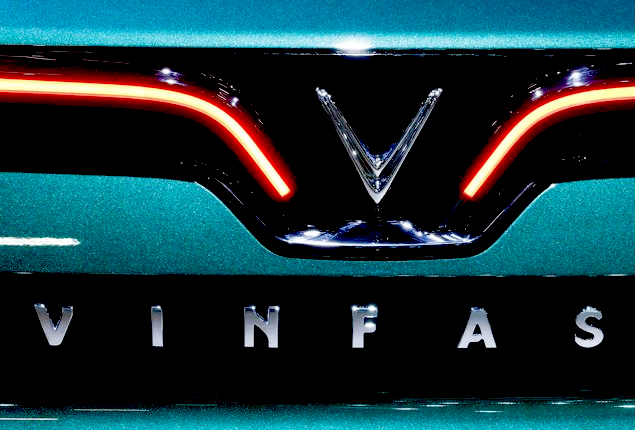Vietnam’s Electric Vehicle Ace: VinFast

In an impressive feat, Vietnam’s electric vehicle (EV) forerunner, VinFast, has garnered Wall Street’s attention with a Nasdaq listing, pushing its valuation over the $85 billion mark. To put that in perspective, it’s nearly double the value of automotive giants like Ford and General Motors.
The journey ahead, however, is laden with challenges.
The company has set its sights on a formidable annual target: selling 50,000 EVs. To realize this ambition, they’re pivoting from an exclusive direct-sales approach, inspired by Tesla, to an expanded strategy encompassing distributors and dealerships.
But it doesn’t stop there. VinFast must also find a way to trim its costs to compete effectively against industry behemoths like Tesla, known for leveraging its vast scale to slash prices and turn up the heat on its competitors.
VinFast’s stock, having recently merged with the special purpose acquisition company (SPAC) Black Spade, enjoyed a notable surge during its Nasdaq debut. Yet, with a staggering 99% of the company under the control of its founder, Pham Nhat Vuong, its stock is inherently more volatile.
It’s worth noting other EV SPAC ventures, like Lucid (used as a valuation benchmark for VinFast), experienced a decline in their stock value post-listing. For example, Lucid now stands at a valuation approximately 40% less than its 2021 projection.
VinFast’s plans to attract further investment could sway its elevated valuation. As CFO David Mansfield indicated, they’re actively engaging with an array of investors, including sovereign wealth funds, and anticipate securing additional capital within the next year and a half.
CEO Le Thi Thu Thuy encapsulated the fluid nature of investment, highlighting that market dynamics primarily determine pricing. The listing has also paved the way for VinFast, which has had challenges maintaining top-tier executives, to offer share-based incentives.
The Partnership Paradigm
Emphasizing the company’s strategic shift, CEO Thuy articulated their vision of a hybrid sales model. Instead of relying solely on direct showrooms, akin to Tesla’s modus operandi, VinFast envisions collaboration with distributors and dealers, especially in overseas markets.
Thuy remarked that while establishing their stores is commendable, it’s a time-intensive process. Collaborative expansion aligns more closely with the company’s ethos.
As of June, VinFast had unveiled 122 global showrooms, predominantly situated on the U.S. West Coast.
Despite these advancements, VinFast’s sales targets remain ambitious. By the end of July, they’ve clocked sales of over 16,000 EVs, a figure that includes domestic sales in Vietnam.
Mansfield remains optimistic, asserting the targets set by their chairman remain within reach. But these projections highlight that VinFast is currently operating at just a fraction of its total production capacity, especially at its Haiphong facility in Vietnam. Moreover, a new manufacturing hub is emerging in North Carolina, slated to commence operations by 2025.
AlixPartners, a consultancy firm, posits that to break even, EV manufacturers need to achieve yearly sales of approximately 400,000 units. This is especially pertinent in highly competitive markets like China.
VinFast’s pricing strategy faces its own hurdles. Tesla’s consistent pricing innovations, including the recent introduction of a more affordable Model S and Model X, continue to apply pressure. Notably, the Tesla Model Y now holds a price advantage of nearly $7,000 over VinFast’s VF8, post federal subsidies.
However, Thuy remains sanguine. She believes VinFast vehicles offer competitive pricing, and their unique positioning in Vietnam, known for its low-cost base, presents opportunities for further cost reductions down the line.





